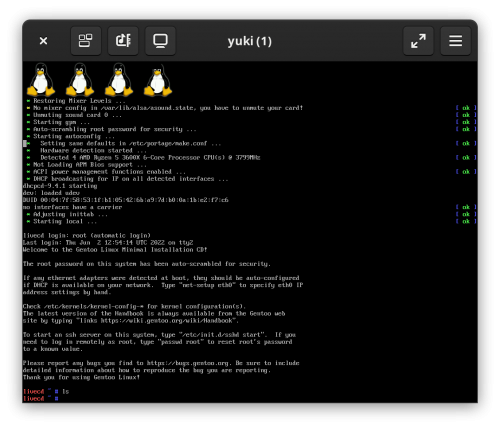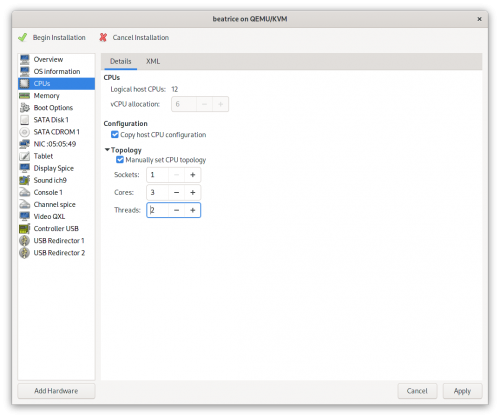Linux works great for a lot of things…but not everything. There is plenty you can do on Linux. There are programs for almost everything you can think of, and plenty you haven’t thought of. The issue is, these programs may not have a specific feature you want or you simply need a very particular program that is not available on Linux. The reality is… Not Everything Works on Linux.
Copyrights and Trademarks are two entirely different things, but they are both referred to as “intellectual property”. I am not a lawyer, but I do know enough to distinguish the two of them. I think everyone should, as it seems an often misunderstood topic.
So, here’s the short version.
DaVinci Resolve ought to be the no-brainer choice for working with video on Linux. Not only is it a great NLE, it’s the most advanced color grading tool in existence. Almost all the features are completely free. Even if you need features from the Studio edition, it’s astonishingly cheap to obtain a lifetime license you can move around to any computers, and continue to receive all major updates, forever.
So, what’s the catch? Let’s talk about it…
This guide will teach you how to create and manage a VM in KVM using virt-install, virsh, and virt-viewer, which all make use of libvirt. For a beginner's guide and introduction to libvirt and virtualisation concepts, and why you would even want to use libvirt instead of, say, Virtualbox, see: https://jamesnorth.net/post/qemu-guide
Here's the scenario: your laptop is approaching 13 years of age, the internal NIC has suddenly stopped working, but you don't want to give up here. You uninstall Arch Linux and install Windows 10 just to check that the NIC is actually not functioning anymore—which it isn't. You buy a USB Wi-Fi NIC Adapter, carelessly not checking if the vendor's drivers have been mainlined into the Linux kernel. You boot into an Arch Linux live session and you don't have an internet connection.
Here's what you do next.
In this exciting installment of "Adventures in X11", we'll perform precise operations on our clipboard to generate desired output. So, pick up your instrument, and let's get to work!
It involved a fair amount of research to figure out how to setup and use virt-manager, virt-viewer, and even understanding what QEMU/KVM/libvirt are and what they do. This is as much a reference for me as I hope it to be helpful for others looking to use these technologies.







